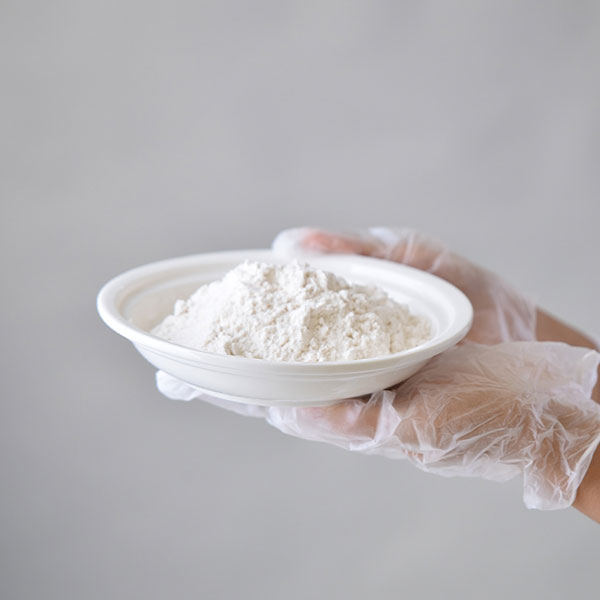Understanding 3,5-Dibromotoluene CAS 1611-92-3: Properties, Uses, and Applications
2025-02-25
3,5-Dibromotoluene, with the Chemical Abstracts Service (CAS) number 1611-92-3, is an organic compound that plays a significant role in various chemical and industrial applications. This brominated aromatic compound, derived from toluene, is widely utilized in organic synthesis and the production of specialized chemical products. In this blog, we will explore the key properties of 3,5-dibromotoluene, its common uses, and its relevance in different industries.
What Is 3,5-Dibromotoluene?
3,5-Dibromotoluene is an aromatic halide, consisting of a toluene (methylbenzene) backbone with two bromine atoms attached at the 3 and 5 positions of the benzene ring. Its chemical formula is C7H6Br2. This compound typically appears as a colorless to pale yellow liquid with a distinctive odor. It is known for its versatility as a reagent and intermediate in chemical synthesis, particularly due to the reactive nature of the bromine atoms attached to the aromatic ring.
Common Uses of 3,5-Dibromotoluene
1. Organic Synthesis
3,5-Dibromotoluene is an important intermediate in the synthesis of other organic compounds. The presence of bromine makes it a valuable building block for the creation of brominated derivatives, which are often used in pharmaceuticals, agrochemicals, and specialty chemicals.
2. Pharmaceutical Industry
Due to its halogenated structure, 3,5-dibromotoluene is utilized in the synthesis of biologically active molecules. Bromine is a common element in medicinal chemistry because it can significantly influence the pharmacological properties of the final compound. As such, 3,5-dibromotoluene plays a key role in the development of certain drugs and therapeutic agents.
3. Polymer Industry
In the polymer sector, this compound is used to create flame-retardant materials. The bromine atoms contribute to the fire-resistant properties of polymers, making them suitable for use in safety-critical products such as construction materials and electronics.
4. Material Science
3,5-Dibromotoluene is used in the production of electronic and optoelectronic materials. Brominated aromatic compounds are crucial in developing high-performance materials like organic light-emitting diodes (OLEDs) and organic solar cells, which benefit from the unique properties of the compound.
5. Chemical Research
In chemical laboratories, 3,5-dibromotoluene is employed as a reagent in various research applications, including studies on reaction mechanisms and the development of new synthetic pathways. Its stable and reactive nature makes it an excellent tool for chemists working on halogenation reactions and other transformations.
Safety and Handling
As with all halogenated organic compounds, proper safety protocols should be followed when handling 3,5-dibromotoluene. It should be used in a well-ventilated area, and appropriate personal protective equipment (PPE) such as gloves and safety goggles should be worn. Direct contact with skin or eyes should be avoided, and in case of exposure or accidental ingestion, immediate medical attention should be sought.
This compound should be stored in a cool, dry place, away from incompatible materials, such as strong oxidizers or acids, and in accordance with safety guidelines for handling brominated compounds.
3,5-Dibromotoluene (CAS 1611-92-3) is an essential chemical intermediate with a wide range of applications in organic synthesis, pharmaceuticals, polymer production, and material science. Its bromine-containing structure provides unique reactivity that is exploited in numerous industries, making it a versatile compound for both commercial and research purposes.



